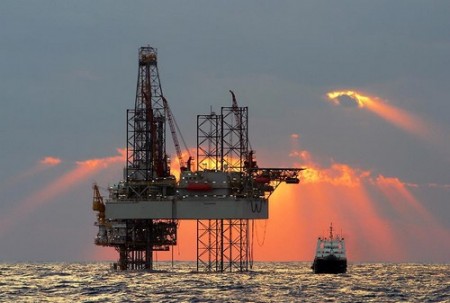
Speaking at a major event in New Delhi earlier this month, former Prime Minister of Malaysia Mahathir Mohamad alleged that India’s problem is its democracy. The country, he advised, would do better with less rather than more democracy. With hordes of protestors on hunger strike over the construction of India’s newest nuclear reactors at Koodankulam, one might not find it hard to second-guess the source of inspiration behind Dr Mahathir’s astute observation. Democracy, one might argue, has led to policy paralysis in modern India; nothing could be more illustrative of this than the now-rusting steel of Koodankulam. For a country which is the world’s fourth largest consumer of energy and heavily dependent on imports to satisfy its energy demands, nuclear energy seems to be the only way out of the perennial and potentially dangerous problem of energy insecurity.
Built at an exorbitant cost to the Indian exchequer (with help from our all-weather Russian friends), the Koodankulam reactors should already be operational. Instead, the reactors are at the center of controversies concerning safety and environmental issues. The population in the surrounding areas is vehemently boycotting the reactors being brought online, fearing drastic environmental degradation and potential loss of habitat if something goes wrong. While reservations were apparent right from the project’s conception fifteen years ago, the Fukushima nuclear accident has undoubtedly led to an intensification of resistance.





